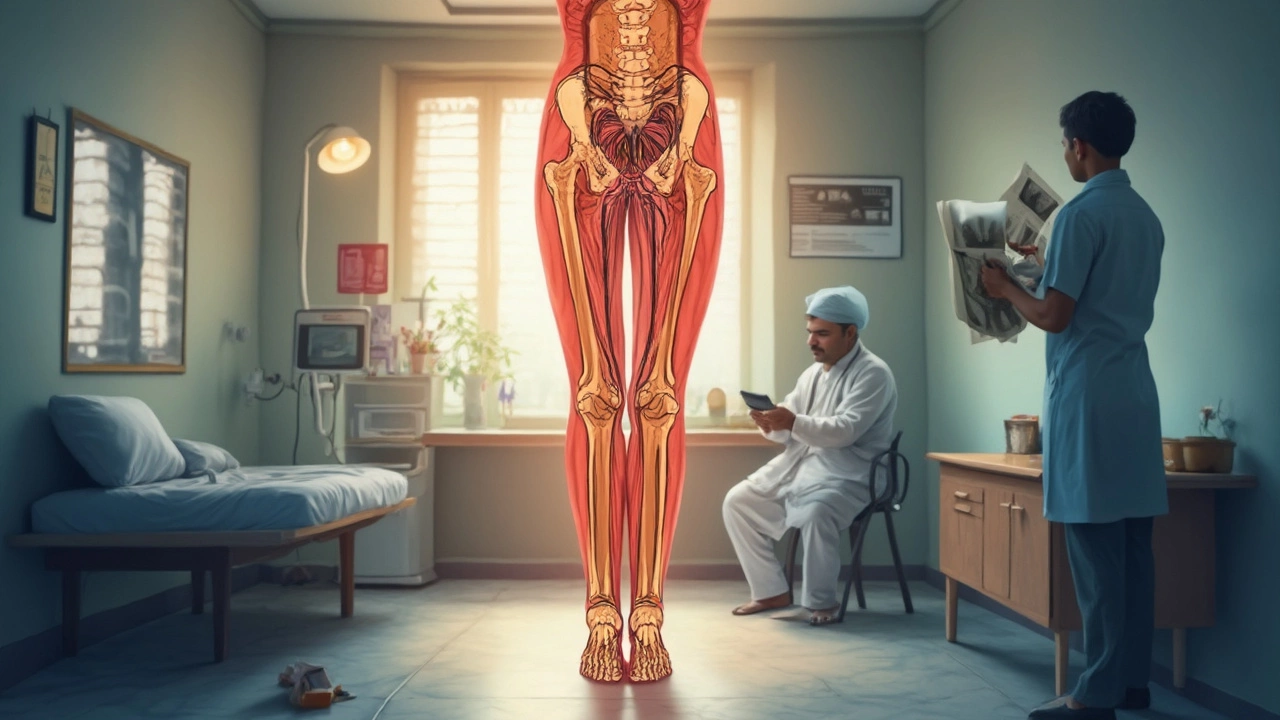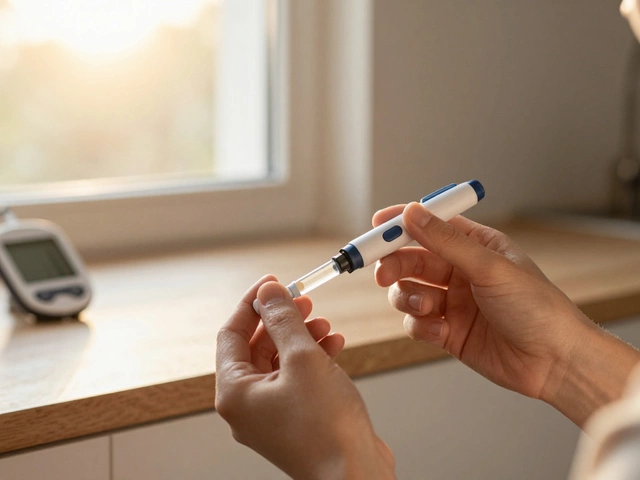Bone Healing: What Happens After a Fracture and How to Boost It
Got a broken arm, leg, or finger? Your body starts fixing the break right away, but you can help the process. Understanding the steps and the simple things you can do makes the downtime shorter and the outcome stronger.
Phases of Bone Healing
First is the inflammatory phase. Within hours a clot forms around the break, bringing blood cells that clean up debris. This is why you feel swelling and pain – it’s the body’s alarm system.
Next comes the reparative phase. A soft callus of collagen appears, then slowly turns into a harder, woven bone. This stage lasts a few weeks and is the reason you start to move the limb gently under a doctor’s guidance.
Finally, the remodeling phase reshapes the new bone to match the original structure. It can take months, but the bone becomes as strong as before if you treat it right.
Everyday Tips to Speed Up Healing
Nutrition matters. Calcium‑rich foods like dairy, leafy greens, and fortified plant milks give the raw material for new bone. Pair calcium with vitamin D – sunlight, eggs, or a supplement – so your body can actually use the calcium.
Protein is the building block for the collagen matrix. Aim for lean meat, beans, tofu, or Greek yogurt every day. Even a small shake after physiotherapy can make a difference.
Stay off cigarettes. Smoking cuts blood flow and delays the formation of new bone. If you smoke, quit now – the benefit shows up in days, not months.
Move wisely. Gentle weight‑bearing exercises, as advised by your therapist, stimulate bone cells to lay down stronger tissue. Too much rest can make the bone weaker, but too much stress can re‑injure it. Follow the prescribed schedule and listen to your pain signals.
Control swelling. Ice for 20 minutes a few times a day in the first 48‑72 hours helps keep inflammation in check. Elevating the limb reduces fluid buildup and eases pain.
Take prescribed meds. If your doctor gave pain relievers or a bone‑strengthening drug, stick to the plan. Over‑the‑counter painkillers are fine short‑term, but avoid NSAIDs long‑term if your doctor says so, because they can interfere with bone formation.
Sleep well. Growth hormone peaks during deep sleep, and that hormone helps repair bone. Aim for 7‑9 hours of uninterrupted rest each night.
Putting these habits together creates an environment where your skeleton does its job faster. No miracle cure, just solid basics that most people overlook.
Remember, every fracture is unique. Keep regular check‑ups, follow your surgeon’s instructions, and let your body do what it’s designed to do – rebuild. With the right food, movement, and care, you’ll be back to full strength sooner than you think.


